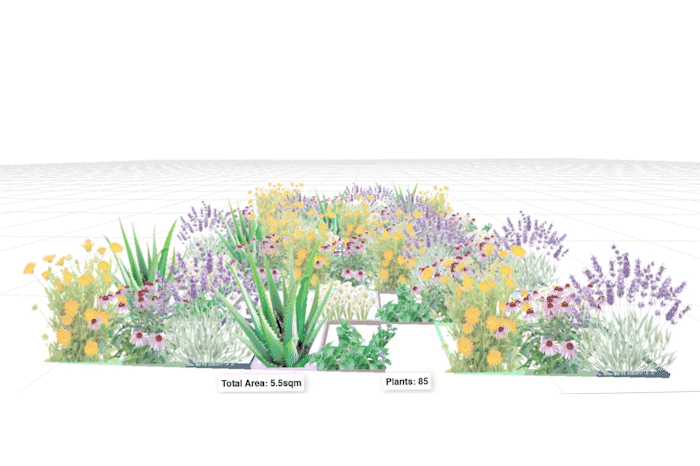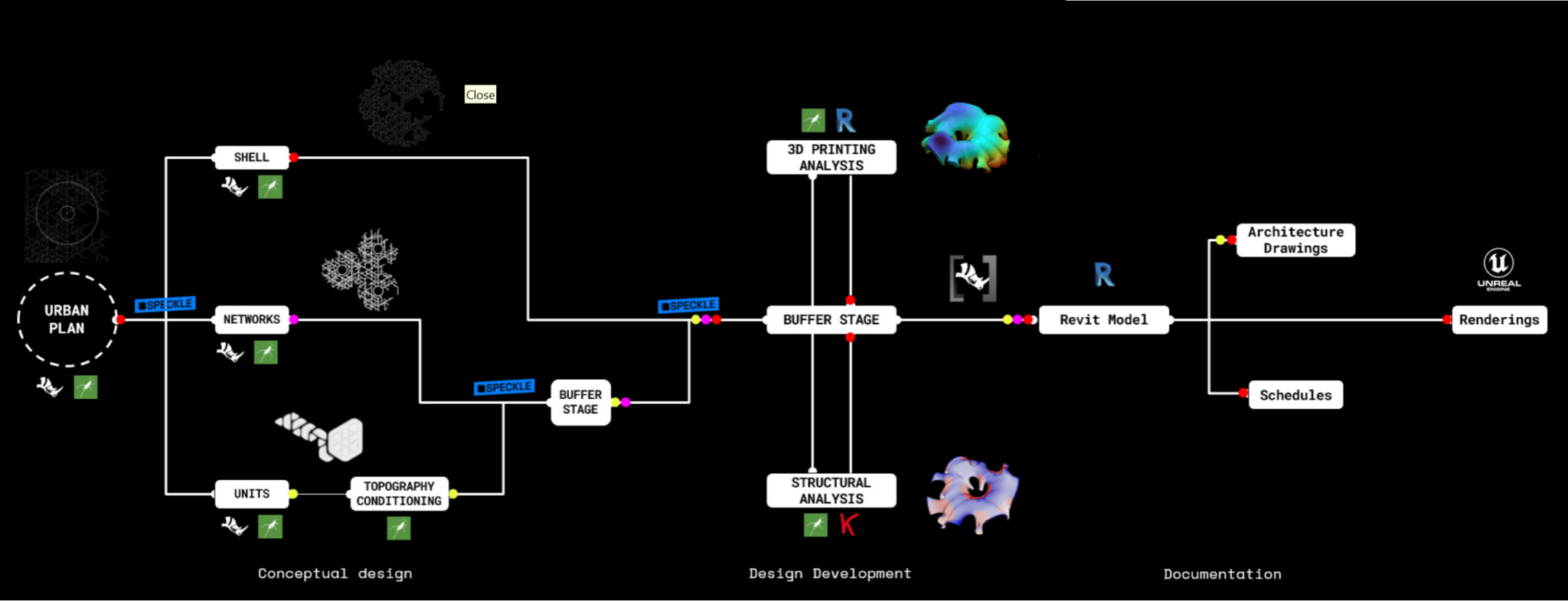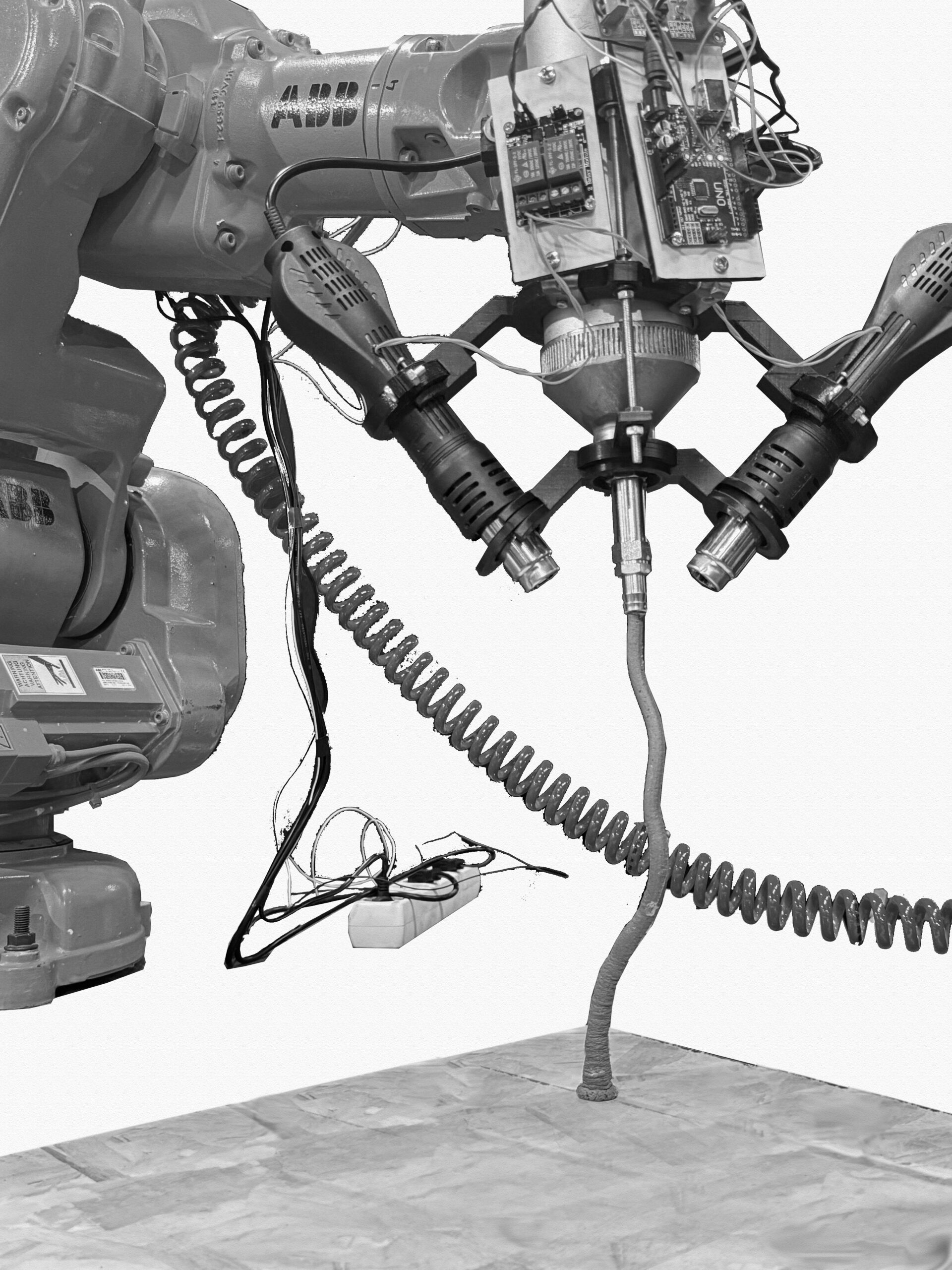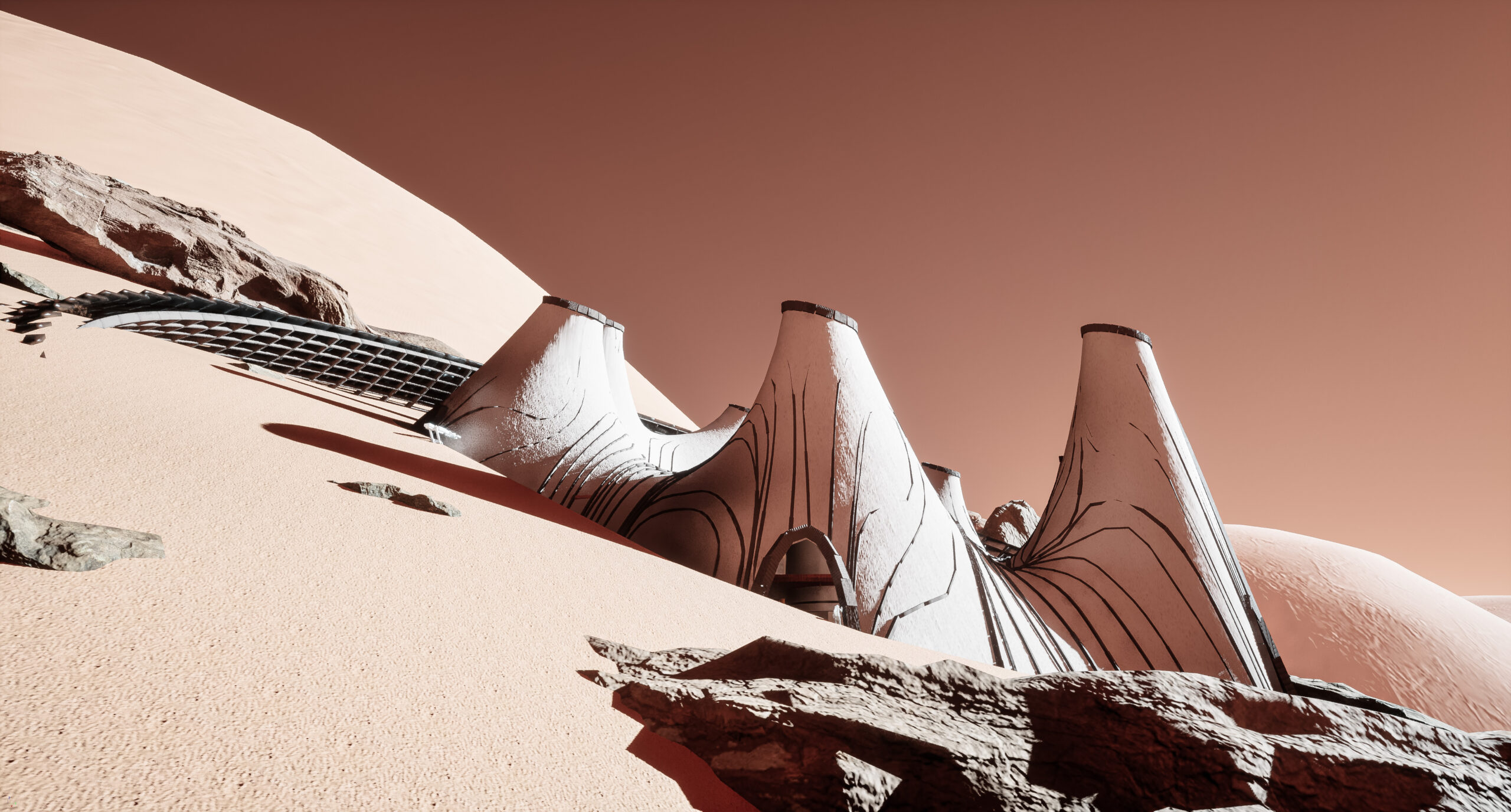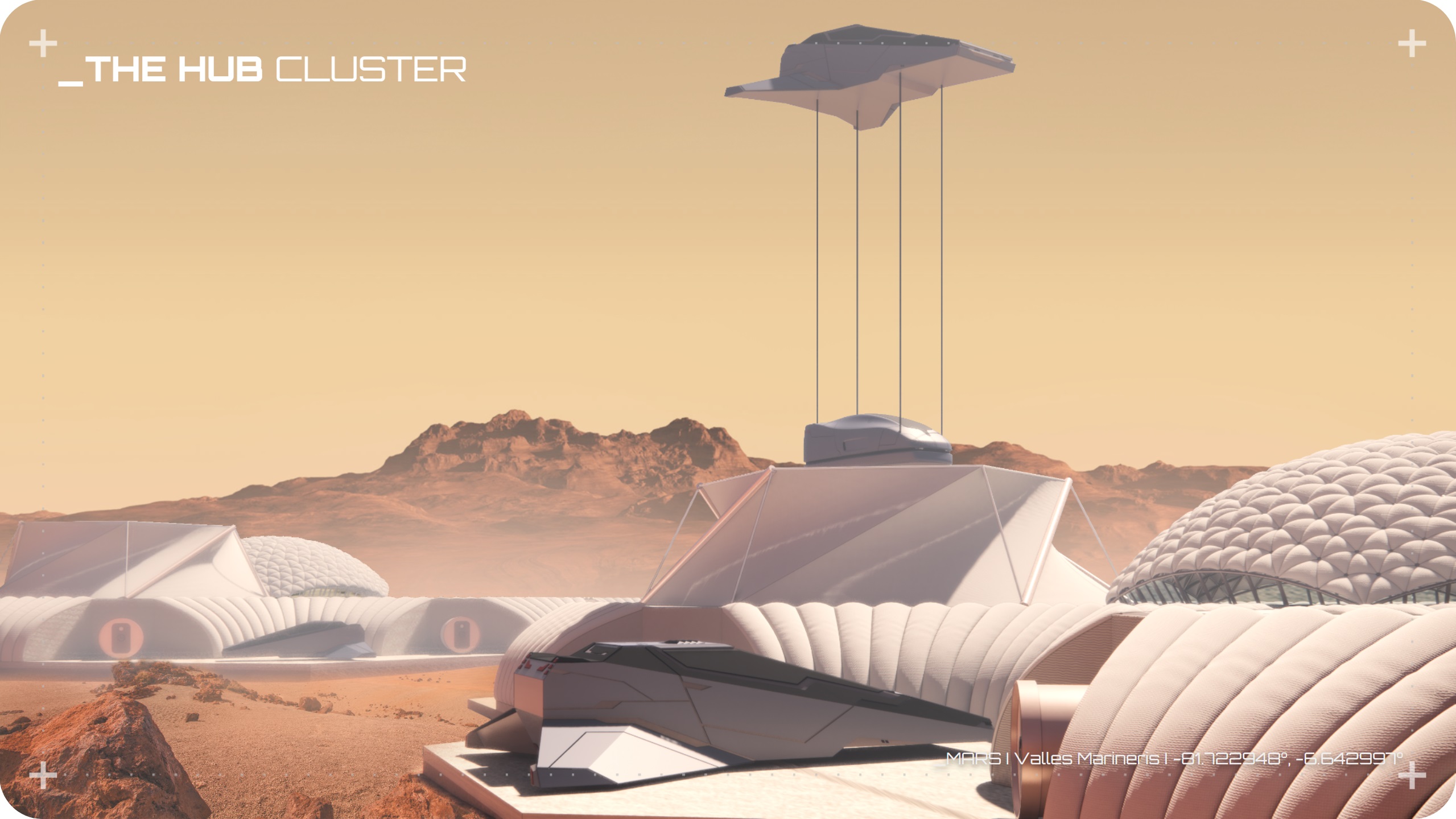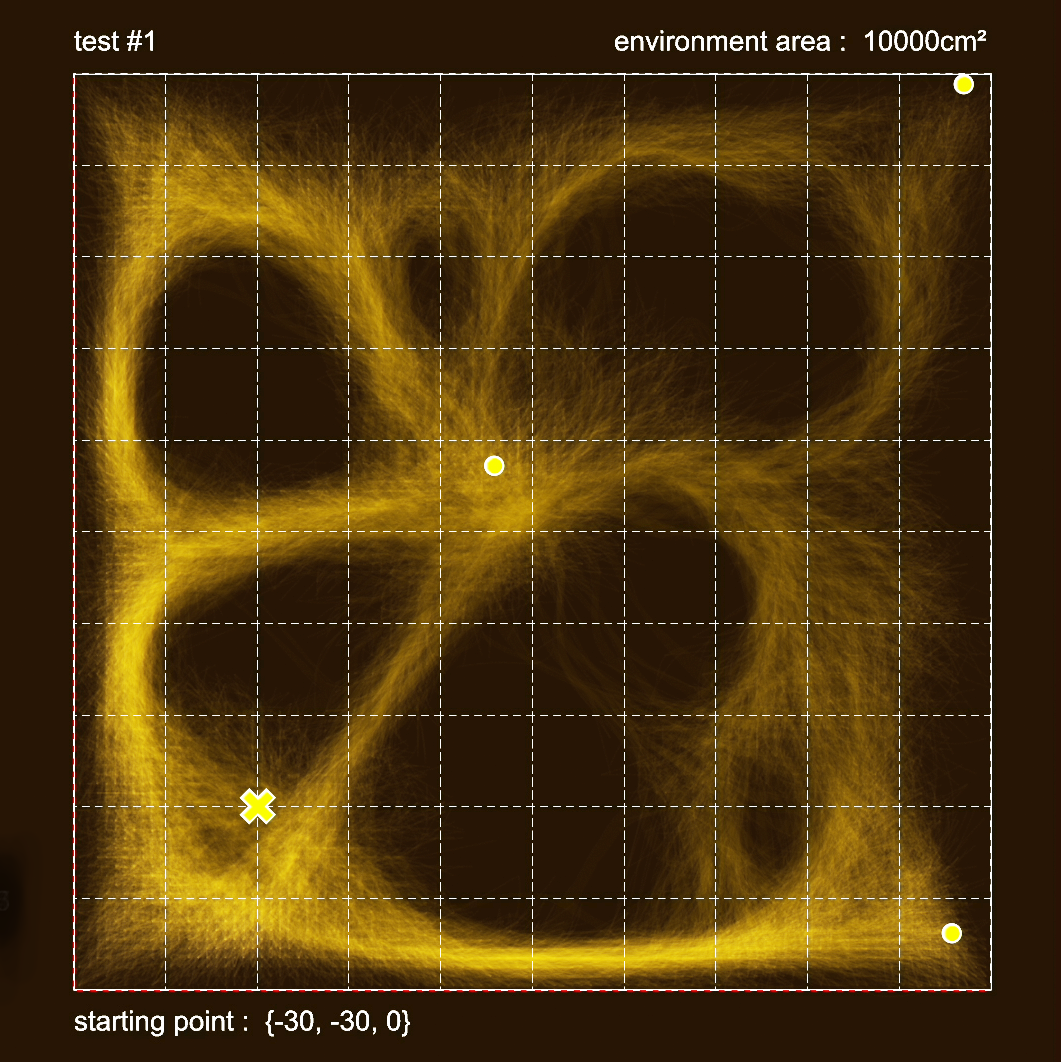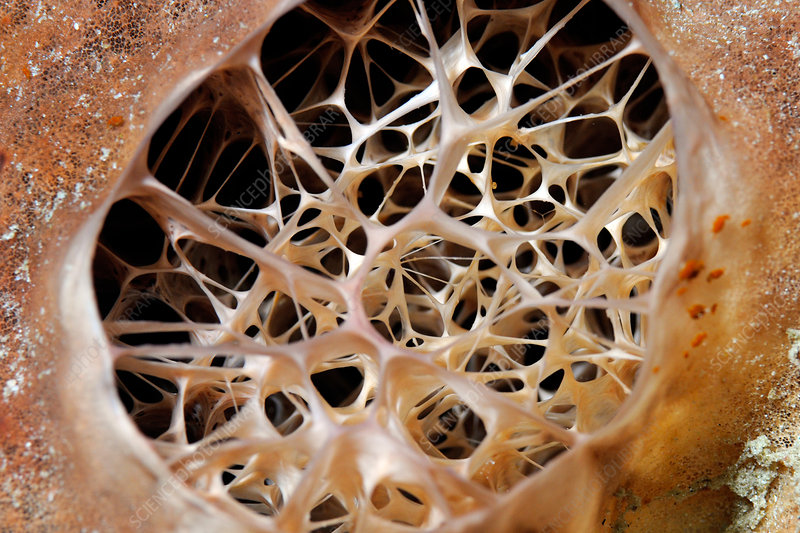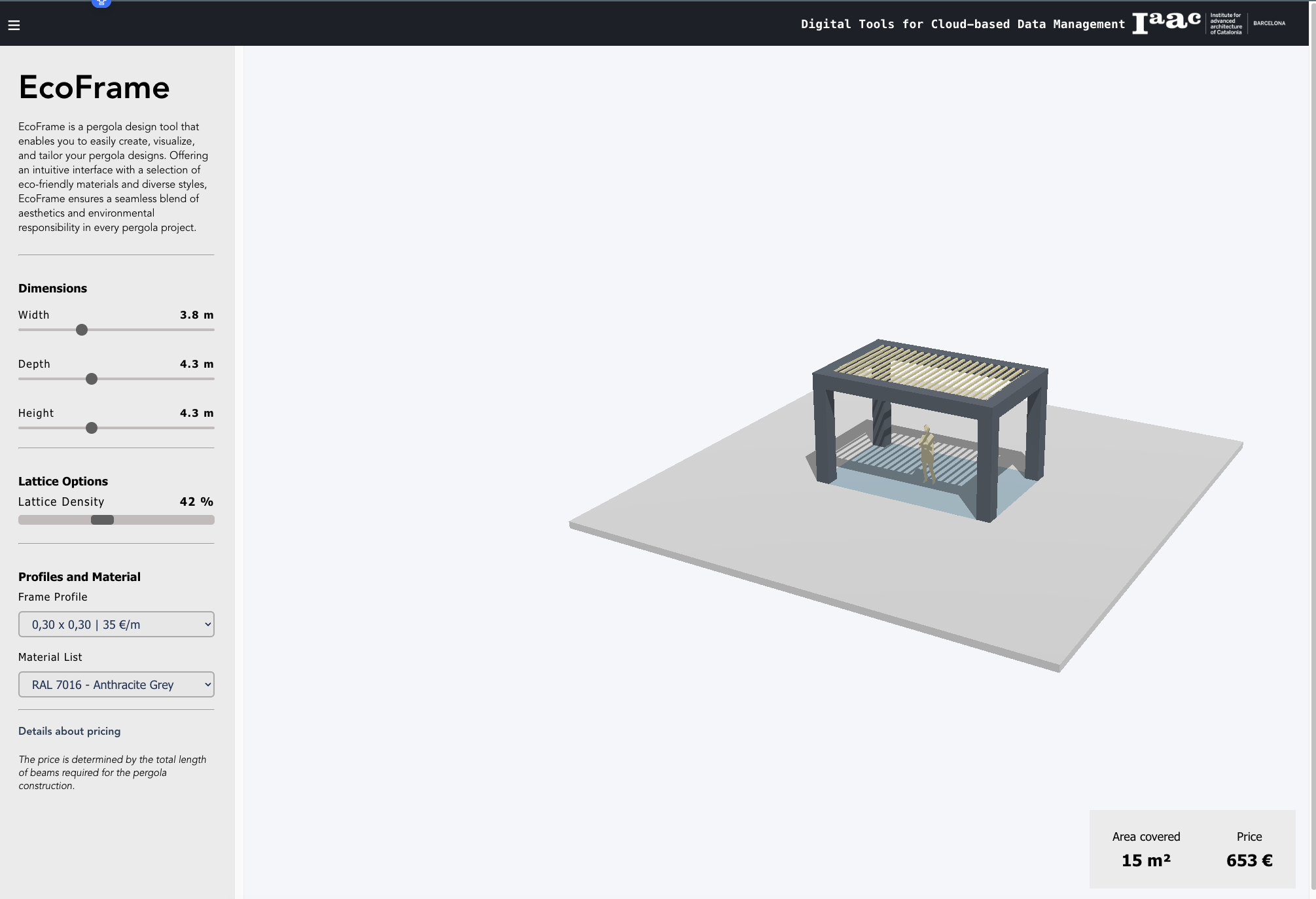UpGreen by Eva Papaspyrou
About Upgreen is an innovative web application designed to revolutionize biodiversity-centered design in both architectural practice and everyday life. Developed by Eva Papaspyrou, Upgreen serves as a comprehensive tool for managing plant data and optimizing green spaces at various scales. Whether you’re a professional in the field or an environmentally conscious individual, Upgreen offers a … Read more

